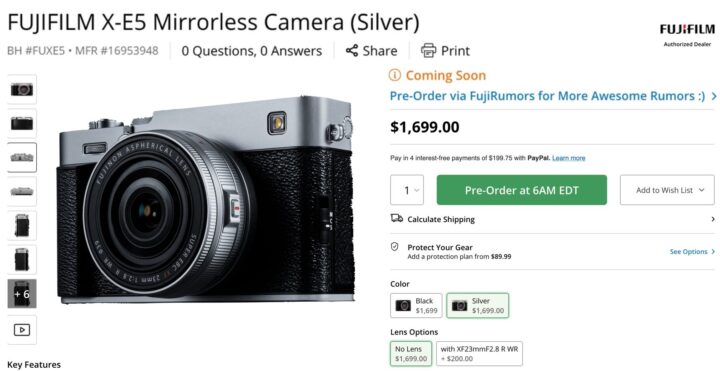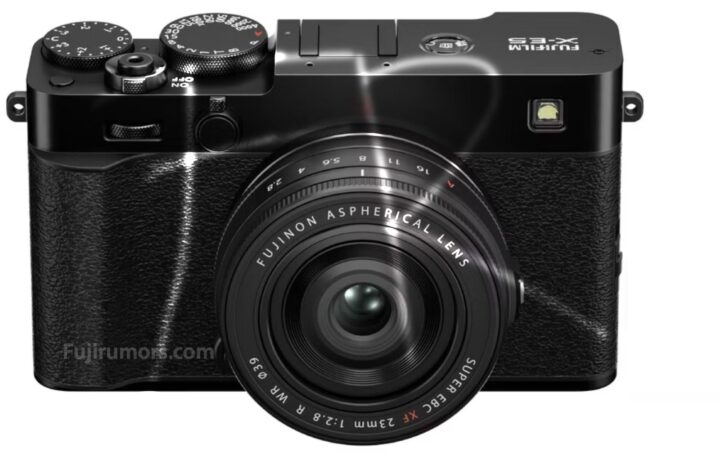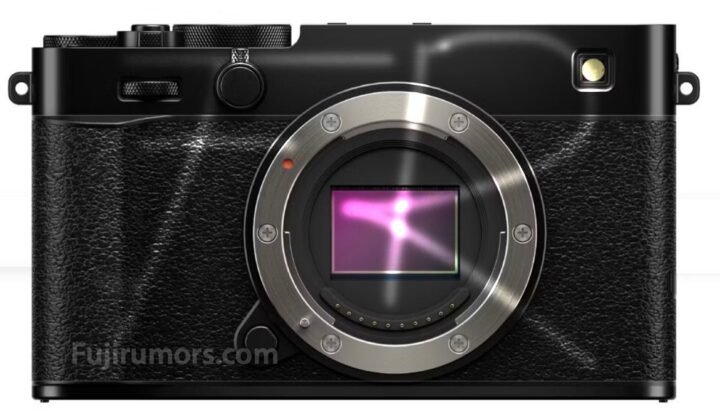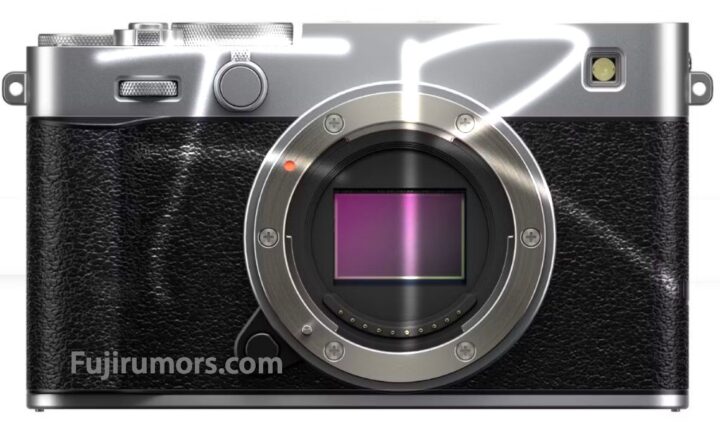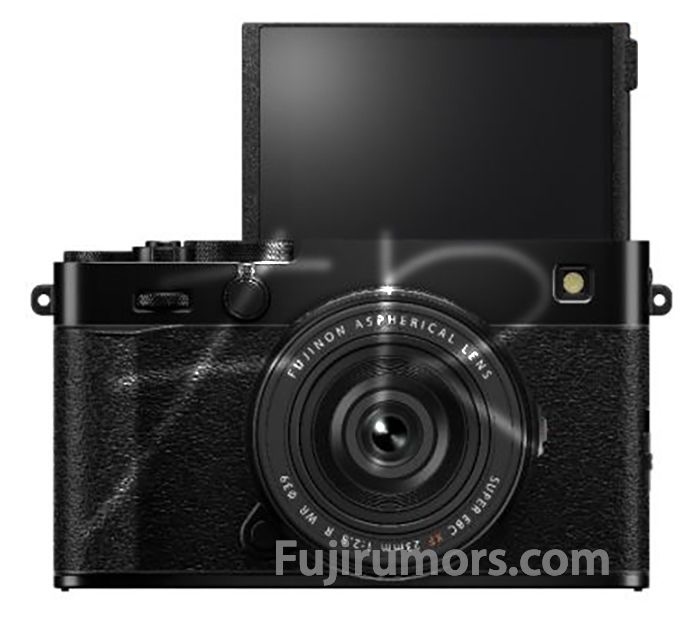Fujifilm X RAW Studio Adds X-E5 Support and Fixes Bugs
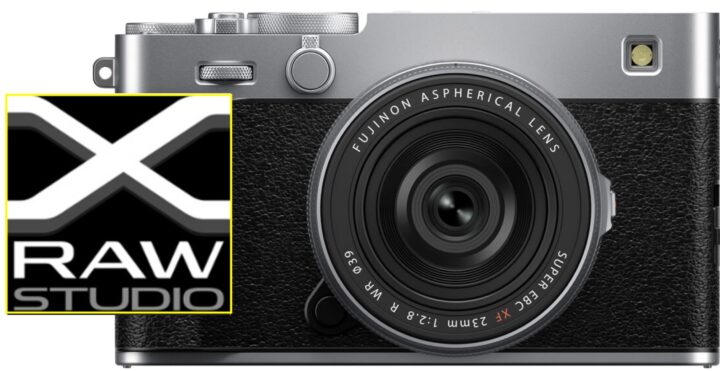
- Fujifilm X-E5
BHphoto / Amazon US (black body/kit – silver body/kit) / Adorama / Moment / Nuzira / BestBuy / Paul’s Photo
Fujifilm X RAW Studio ver. 1.27.0 – access here
The software update Ver. 1.27.0 incorporates the following issues:
- “FUJIFILM X RAW STUDIO” becomes compatible with the new X-E5 camera
- A software bug is fixed that the “Histogram” of the HEIF image is displayed abnormally
- A software bug is fixed that the changes to the “WHITE BALANCE” setting are not always saved
Note that Nr.2 and Nr.3 are only for the Mac version.
- Fujifilm X-E5
USA: BHphoto / Amazon US (black body/kit – silver body/kit) / Adorama / Moment / Nuzira / BestBuy / Paul’s Photo
CA: Amazon CA / Camera Canada - XF23mmF2.8 R WR
USA: BHphoto / Amazon US (black – silver) / Adorama / Moment / Nuzira / BestBuy / Paul’s Photo
CA: Amazon CA / Camera Canada - Fujifilm X-E5 in EU/UK
UK: WexPhotoVideoUK / AmazonUK / ParkCameraUK
GER: AmazonDE / CalumetDE / Fotokoch
EUR: 50.8 Shop / PCHstore / AmazonFR / AmazonIT / AmazonES / AmazonNL
Worldwide: Amazon of Your Country - Fujifilm XF23mmF2.8 R WR in EU/UK
UK: WexPhotoVideoUK / AmazonUK / ParkCameraUK
GER: AmazonDE / CalumetDE / Fotokoch
EUR: 50.8 Shop / PCHstore / AmazonFR / AmazonIT / AmazonES / AmazonNL
Worldwide: Amazon of Your Country

